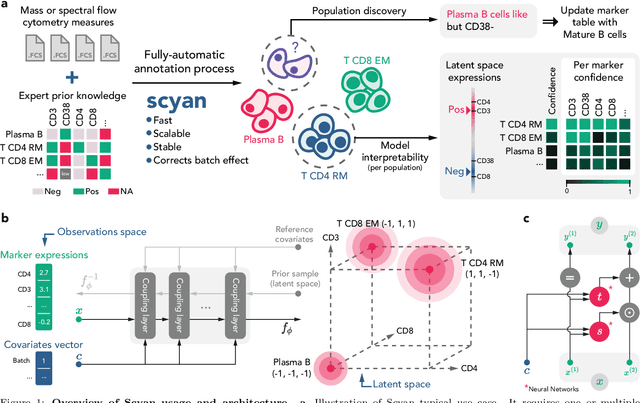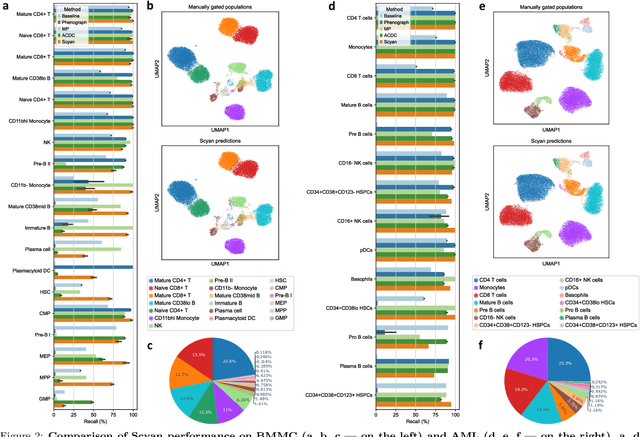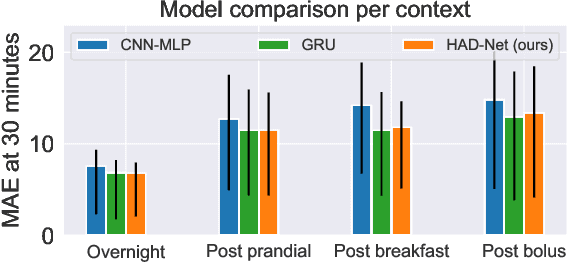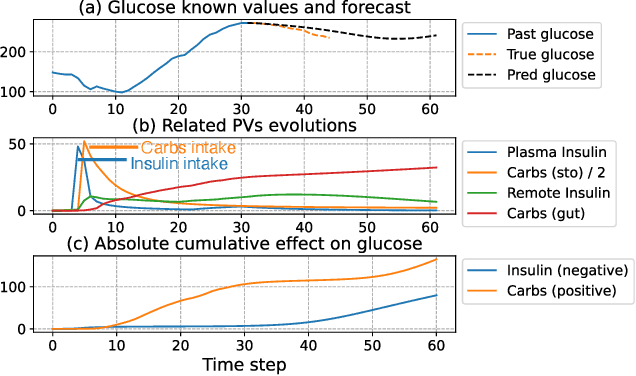Quentin Blampey
Interpretable cytometry cell-type annotation with flow-based deep generative models
Aug 11, 2022



Abstract:Cytometry enables precise single-cell phenotyping within heterogeneous populations. These cell types are traditionally annotated via manual gating, but this method suffers from a lack of reproducibility and sensitivity to batch-effect. Also, the most recent cytometers - spectral flow or mass cytometers - create rich and high-dimensional data whose analysis via manual gating becomes challenging and time-consuming. To tackle these limitations, we introduce Scyan (https://github.com/MICS-Lab/scyan), a Single-cell Cytometry Annotation Network that automatically annotates cell types using only prior expert knowledge about the cytometry panel. We demonstrate that Scyan significantly outperforms the related state-of-the-art models on multiple public datasets while being faster and interpretable. In addition, Scyan overcomes several complementary tasks such as batch-effect removal, debarcoding, and population discovery. Overall, this model accelerates and eases cell population characterisation, quantification, and discovery in cytometry.
HAD-Net: Hybrid Attention-based Diffusion Network for Glucose Level Forecast
Nov 14, 2021



Abstract:Data-driven models for glucose level forecast often do not provide meaningful insights despite accurate predictions. Yet, context understanding in medicine is crucial, in particular for diabetes management. In this paper, we introduce HAD-Net: a hybrid model that distills knowledge into a deep neural network from physiological models. It models glucose, insulin and carbohydrates diffusion through a biologically inspired deep learning architecture tailored with a recurrent attention network constrained by ODE expert models. We apply HAD-Net for glucose level forecast of patients with type-2 diabetes. It achieves competitive performances while providing plausible measurements of insulin and carbohydrates diffusion over time.
 Add to Chrome
Add to Chrome Add to Firefox
Add to Firefox Add to Edge
Add to Edge